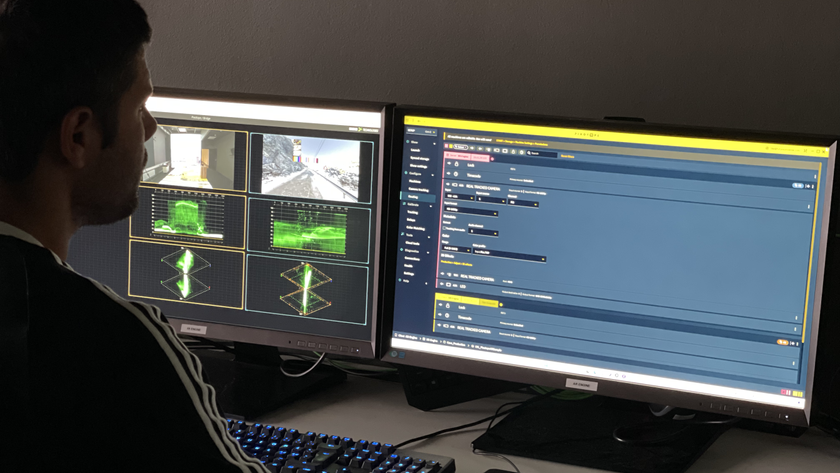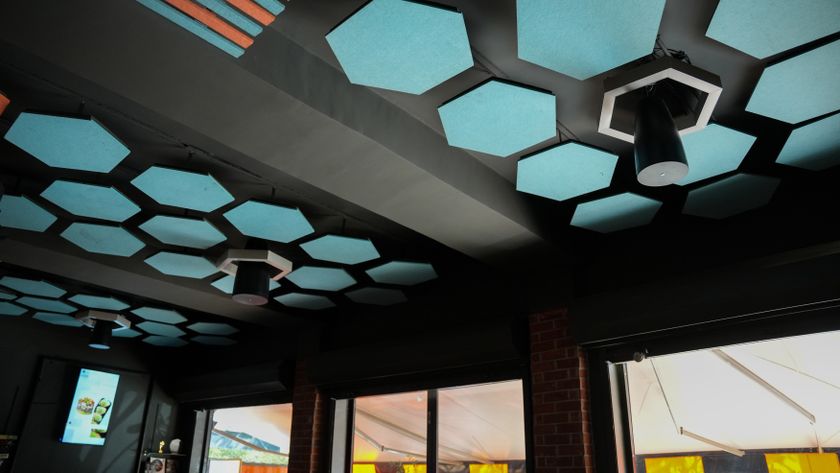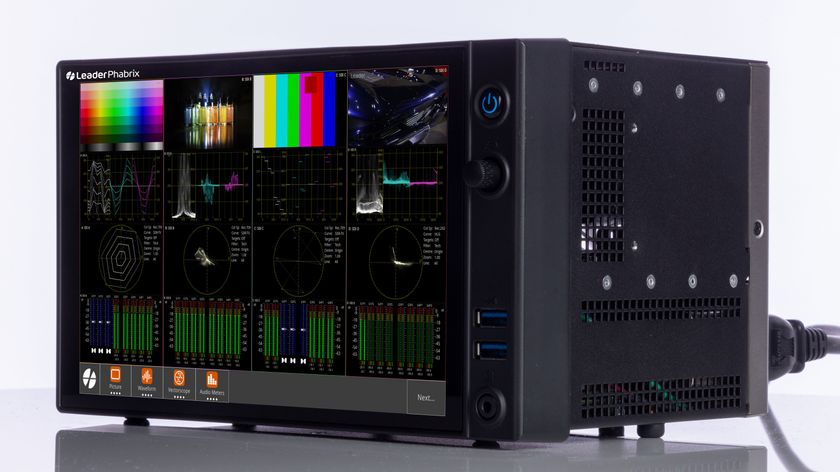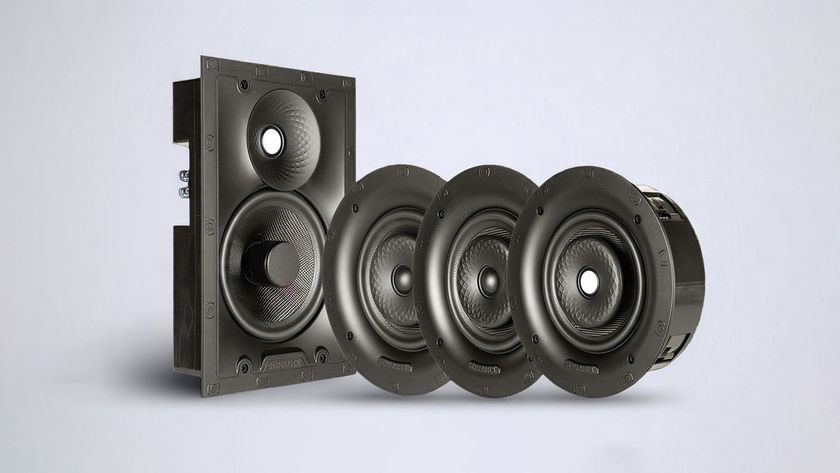Stepping into the ring toe-to-toe with it companies

Quick Bio
Name: John Greene
Title: Vice President of Sales and Marketing
Company: Advanced AV
One of the more successful service offerings we have formed over the past few years is our AV help desk. As is often the case, Advanced AV was challenged by one of our larger enterprise clients to replace a very costly onsite support team with what would become “a virtual attendant.” When we first embarked on this task, the starting point was an active discussion around “five nines,” a Holy Grail of technology availability that is tied to an SLA (service level agreement, where the scope and responsibilities are formally defined). Our service team has always functioned under a targeted banner of “no meetings missed,” so the five nines goal was a familiar one.
We found that the key was working effectively with the client to understand the goal behind the five nines requirement. Analysis of the real estate and technology to be covered was critical, with the tool of an onsite help desk formed with staffing as the success formula. With cost always a focus and guide, an effective communication channel from the help desk to the end users to the executives, which was measured on the deliverable, needed to be implemented. What follows are some of the best practices we learned and further employ with the multiple other help desks we now support.
With a 9-1-1 approach, the road to a fix starts with a calm, reassuring voice on at least one end of the phone line. Absorbing tension from a concerned end user often begins with “How may I help you?” in a confident, caring voice as an essential launching place.
If you do not build the AV Helpdesk with a technically proficient resource, your failure is guaranteed. Often enterprise organizations are filled with a mix of AV manufacturer solutions, which is a frequent cause of confusion. Your willingness to accept and work with this known element without frustration will provide longevity to your service. Respect others’ work and take the time to understand it. Working within “enterprise today” conditions will allow for “enterprise tomorrow” discussions.
Prove your worth by providing useful reports—weekly tech utilization, major incident and remediation, end-user training requirements, just to name a few. Information such as who, what, and why their employees are either utilizing or not utilizing tech is both useful and critical in future adoption, and it helps when design is centered on actual user experience. A quick lesson obtained is to standardize and simplify each and every space you provide. Start to build space for clients’ usage, not altars of technology.
The greatest reward of an AV help desk is to be at a moment of crisis and failure. Cries of “Why did they do that when all we wanted was to do was this?” immediately delivered to both integrator design teams and their client services provide a frank assessment: “Well, we over thought that one.” It’s priceless. This is critical feedback, and it allows for the opportunity to grow other services.
Another factor in a successful AV help desk is to provide internal marketing of the service with employee training sessions to share who is on location and how to request service. While these elements might seem apparent, they must never be assumed. We found success holding monthly training sessions, and the success rate was directly proportional. When the training was skipped, calls to the help desk grew.
Your staff must have an empathetic understanding of the fear of failure. Quick phone remediation is often most desired, yet face-to-face resolution provides enduring confidence. Often our enterprise customers have two numbers: one for IT support, the other for AV support.
The underlying process is still people talking to people. We need to know their problems too. You’ll find that at the end of the day, AV companies have the ability to step into the ring toe-to-toe with IT companies.











